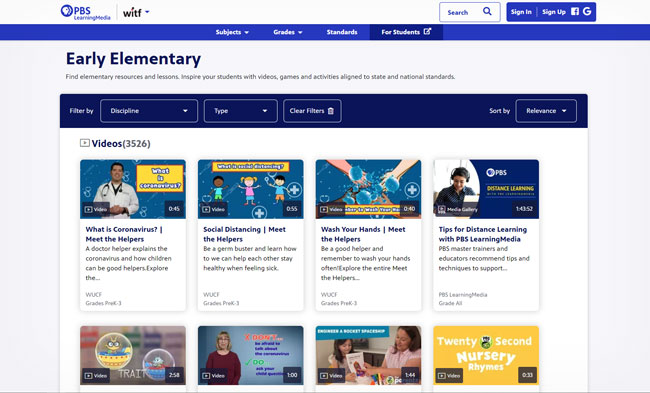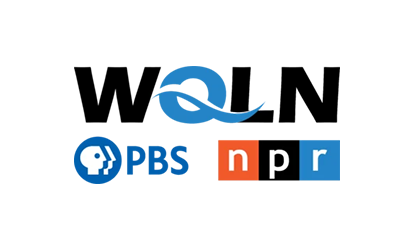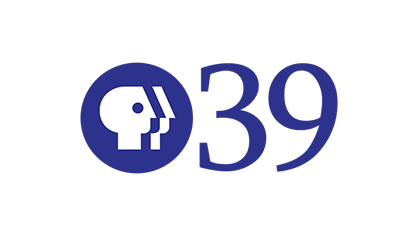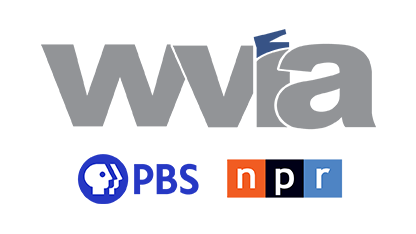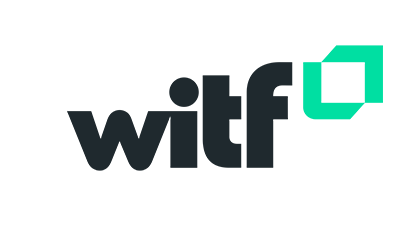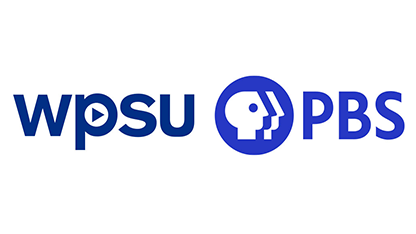What is Datacasting?
Datacasting is a term derived from ‘data’ and ‘broadcasting’.
While broadcasting refers to sending programming “over-the-air” across a geographic region that can be picked up by an antenna and played on a television, datacasting refers to using those same signals to securely transmit data that can be used by a computer. If a home can receive a television signal, it can also receive the data signal.
About the Pilot
Across the United States, several agencies have used datacasting to support public safety and public emergency incidents. Although the concept of datacasting has been around for many years, the idea of using the technology for education is a new one. Pennsylvania PBS is building out the infrastructure and pioneering a pilot project to explore how datacasting can help to address the digital divide by providing instructional content to students without internet access.
Pennsylvania PBS will work with Pa. education stakeholders to bring brand familiarity to implement the datacasting pilot. Content from offline learning management systems and from PBS LearningMedia will be used to compile instructional units that will be datacast to students. End users will receive a HTML page that outlines what they “must do” versus what they “can do.” There is an opportunity to add content from other sources (e.g., recorded lectures, other online websites) and to customize content for end users based on a number of different variables.
Content
Pennsylvania PBS staff and Pennsylvania education stakeholders create instructional units that are aligned to state standards.
Secure Signal
Instructional units are encrypted and sent to the Pennsylvania PBS network over a secured signal.
Delivery to Student
Instructional units are transmitted over a secured signal to each student device for downloading.
What is the End-User Experience?
In order to receive files via datacasting, a student will need a Wi-Fi enabled device (i.e., cell phone, computer, tablet, etc.), as well as an inexpensive antenna and receiver. No internet access is required.
Any type of file (jpg, PDF, mp4, etc.) can be transmitted via datacasting. This means that the possibilities of creating and packaging content designed for instruction are limitless.
Our goal is to create a personalized learning experience for students who would not otherwise have access to a multitude of online resources. The pilot will explore the amount of time it takes for files to be transmitted over the encrypted signal to a student laptop. Additionally, the pilot will determine what students will see when they receive the files on their laptop, best practices for end-user equipment and instructional unit creation. Discussions are also ongoing about models for returning completed work/assignments to a teacher.
Frequently Asked Questions
What are the costs associated with the pilot?
Costs will vary depending on the scope of the project. As a state/agency, there are one-time costs associated with the infrastructure required to support datacasting (software client, encoders, bandwidth, etc.). Within Pennsylvania, Pennsylvania PBS is working with the appropriate entities to cover these costs. For individual districts within the state, costs can include the purchase of student devices (if desired), antenna, and receiver for each end user. Other costs may include personnel resources to support the packaging of content and the provision of technical support to end users.
When will datacasting become available for educational use?
Pennsylvania PBS is currently deploying a phased pilot approach for select Pennsylvania schools/districts that will take place over the next 12 months. Conversations are ongoing with other partners across the state. The ability to make datacasting available to end users in a targeted area will vary depending key readiness factors (i.e., educational content, technology, funding). Priority will be given to those districts that have been disproportionately impacted by the Coronavirus pandemic.
Where can I receive the datacasting signal?
How can my organization become involved?
Interested organizations within Pennsylvania should reach out to Pennsylvania PBS here.
Where can I find additional information?
You can direct additional questions about datacasting to Pennsylvania PBS.
Special thanks to SCETV for their overview information about datacasting.

